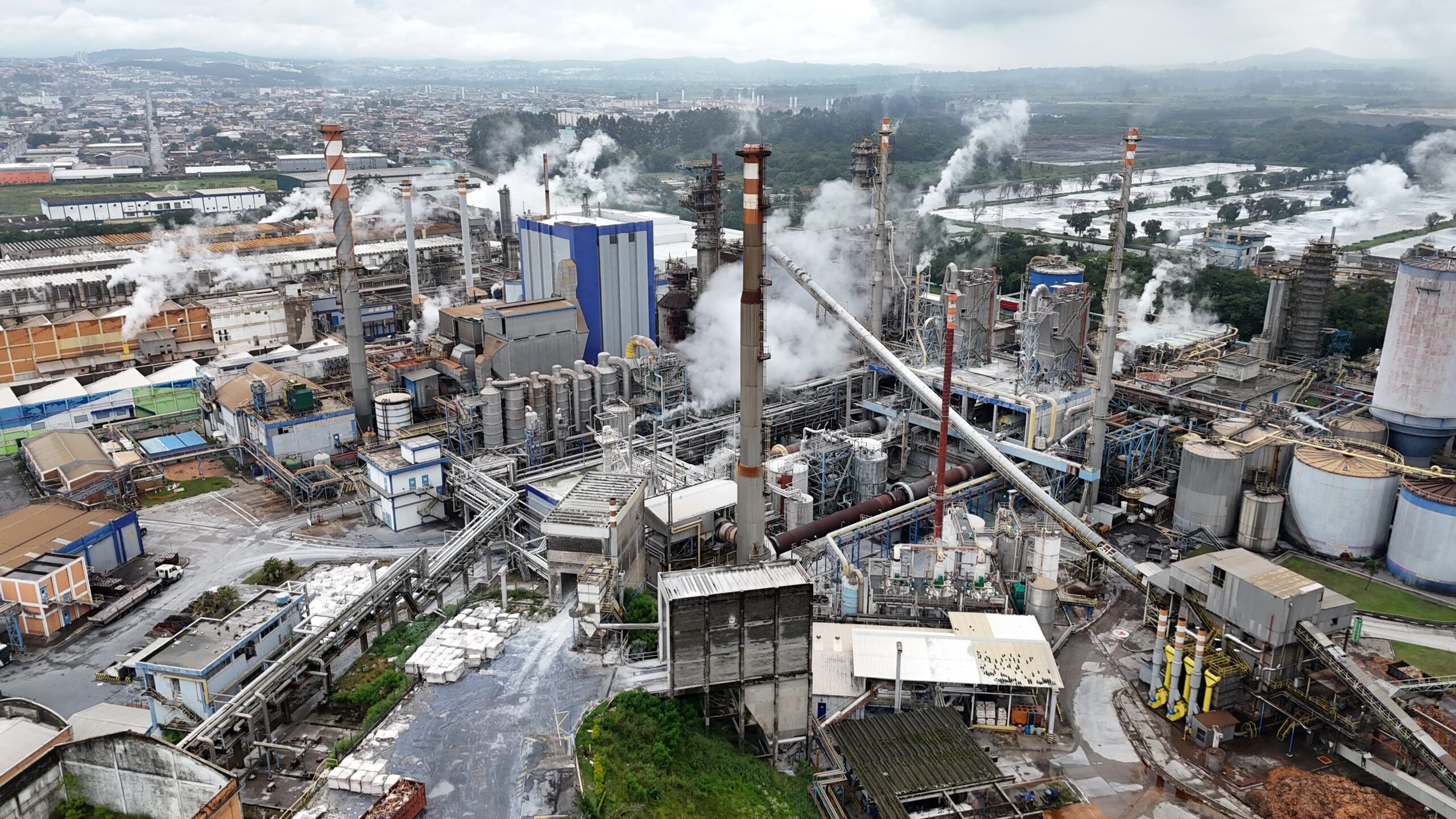Innovation
Future technological innovation will come from the combination of the digital, the biological and the physical

Increasingly powerful technological innovations must be used to try to achieve the Sustainable Development Goals (SDGs), says Soumitra Dutta, editor of the Global Innovation Index.
What is technological innovation? What do we mean when we talk about it? Where does it point to? What will it be like in the future? We asked one of the world’s leading experts on innovation, Soumitra Dutta, trustee of the Bankinter Foundation of Innovation. Soumitra is Dean-elect of the Saïd Business School at Oxford University and co-founder and editor of the Global Innovation Index (GII).
The concept of “technological innovation” is very broad. From your experience and your own point of view, how would you define it?
There are two types of technological innovation – one that is technology led and another that is market led.
- The former includes innovations that are created by the invention of new technologies. For example, the invention of the laser or more recently the CRISPR technology (a technology that can be used to edit genes) has opened up new innovation possibilities.
- The latter includes innovations that the market needs and does not need new innovations but needs existing innovations to be combined in a cost-effective manner to satisfy market needs. Examples of this would be examples of frugal innovation in India where existing technology is often used in simple manners to create cost effective solutions for emerging markets.
Where do you think technological innovation should be heading in the coming years?
Technology is progressing at an exponential pace and there are no signs that this pace is slowing down. Both computation speed and the amount of data available is exploding at an exponential rate. Further we are witnessing a unique convergence of the digital, biological and physical revolutions. This will unleash a rate of new innovations and a myriad of different new possibilities in a way that we have not been witnessed before. The future is very bright in terms of innovation possibilities, and we should direct the focus of innovations on trying to use them to solve the SDG goals. We are leaving too many people behind even today –for example, more than 40% of the world’s population does not have access to the Internet even today-. This has to be changed. We have to be able to provide good education and quality healthcare to all – enabling us to meet many of the UN’s SDG goals. All of this will require technological innovations and breakthroughs. This needs to be our focus in the coming years.
What trends in technological innovation do you consider most disruptive?
A lot of the focus on innovation within business and government in the past has been on incremental innovation. This is not surprising given the traditional attention paid to Total Quality Management and similar approaches such as Six Sigma in business. However, today with the exponential explosion in computation and data around us we are seeing disruptive innovations driven by data and computation to become more and more important. Further the trifecta combination of digital, biological and physical will open up new avenues of reconceptualizing innovation in our lives which was not possible earlier. For example, human health solutions will be programmed much like software systems with the use of gene editing technologies such as CRISPR. This is already happening to a significant degree with animals and plants but will extend to humans with more intensity in the near future (we already saw early signs of this with the rapid invention of the m-RNA Covid vaccines). A lot of exiting new innovations lie ahead!
As Soumitra pointed out in a recent interview, technological innovation requires the best talent and R&D investments and efforts. During the pandemic, companies in software, Internet and communications technologies, and pharmaceuticals and biotechnology expanded their investments in innovation and increased their R&D efforts, and it is from these areas that the greatest technological innovations are occurring and will occur.
In the same interview, Soumitra gave us his vision of how to increase the quality and quantity of technological innovation in Spain:
By making strong investments in three areas:
- Universities, with training programs more focused on the most demanded profiles now and in the future.
- R&D
- Creating ecosystems and clusters that connect universities, companies and entrepreneurs.
And focusing on:
- High tech
- Biology and biotechnology








